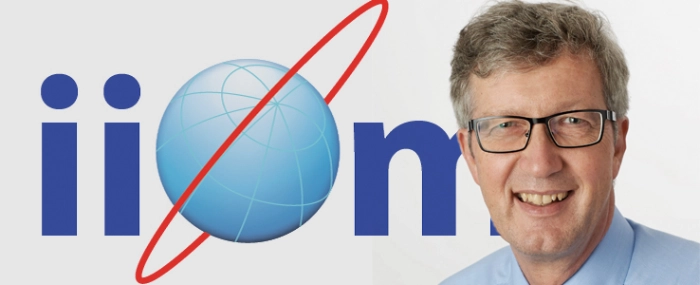
We need all to develop strategies to reduce obsolescence-related risks
You can’t ignore obsolescence management if you want more safety and sustainability in your supply chains. Our constant need to keep innovating is leading to a quicker discontinuation of components – which means that an action plan needs to be in place.
The topic of obsolescence management is in no way new, it is however ever-evolving and something that requires constant updates in order to keep up with the changes within our industry. Ignore the issue and troubles are bound to show up. It’s been said before but it is worth repeating; the solution is to plan ahead – the risk of obsolescence should already be considered at the design stage. In a nutshell, Obsolescence management should be pro-active; even more so in times like these.
The International Institute of Obsolescence Management (IIOM) has – for a number of years – been working to bring the topic higher up the priority ladder within the industry at large. And rightfully so, as the management of obsolescence can have a significant influence on the value chain.
Manufacturers and users have been struggling for some time with the fact that components, systems or materials urgently needed for production or maintenance of assets or equipment are increasingly being discontinued after a short time or are no longer available for other reasons.
However, the Covid19 pandemic and other influences have now massively exacerbated already existing supply chain problems. The effects that persistent obsolescence will have on manufacturing companies in general are – according to the IIOM – significant loss of flexibility in the procurement of goods, higher inventory costs, more redesigns and, in the worst case, possibly even serious loss of sales if supply bottlenecks persist.
“What we are currently experiencing is a first taste of what we will be facing in the coming years and decades, especially in Europe. The increasing pressure to innovate and cut costs, the shifting of market shares, the shortage of raw materials, geopolitical upheavals, environmental catastrophes, etc. are leading to materials, components and assemblies needed for production and maintenance being discontinued earlier and earlier and, as a result, long-term security of supply is declining in many industrial sectors,” says IIOM President and COGD Chairman Dr Wolfgang Heinbach, in a press release.
According to Dr. Heinbach, it’s all the more important for companies potentially affected by obsolescence to proactively establish a highly efficient obsolescence management system that is tailored to the individual needs of each company.
“Obsolescence has always existed. However, it usually only becomes really critical for companies when the exception mutates into the norm. And in recent years we have unfortunately experienced this unwanted development not only with semiconductor chips, but increasingly with many other components, materials and raw materials.”
Dr. Heinbach points to the need to develop strategies and measures, with all stakeholders, to reduce obsolescence-related risks.
The fifth international obsolescence conference and associated trade fair will be held in Munich from 17 to 19 May 2022 where the management of obsolescence as a significant influence on the value chain will be discussed.

